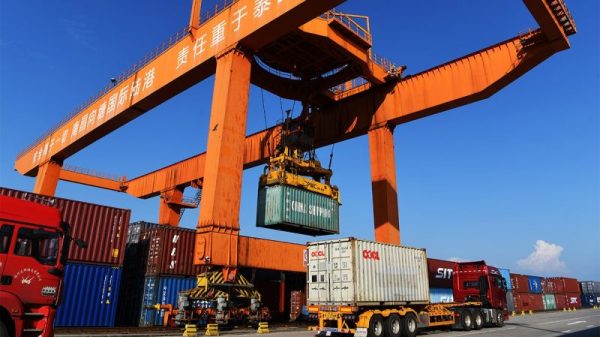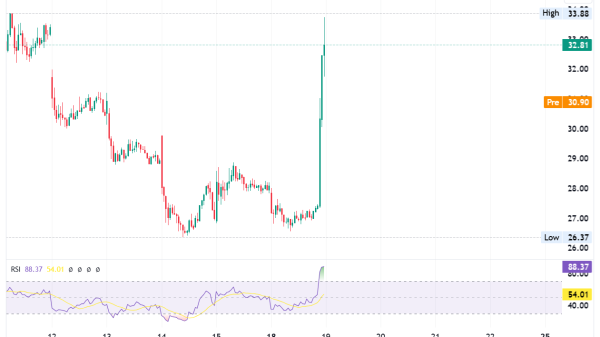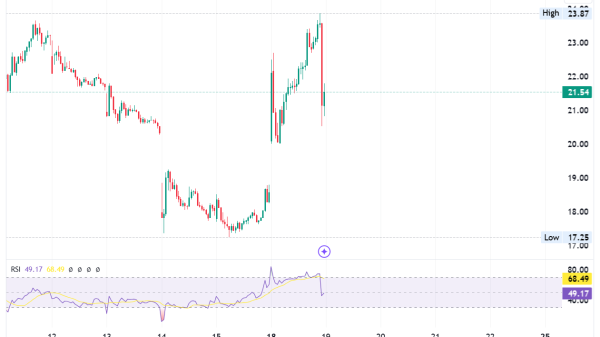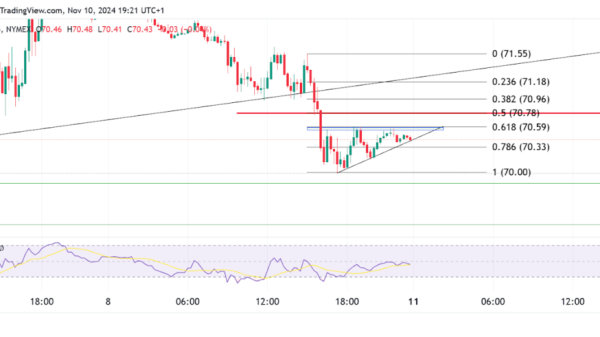Security Market Line (SML): Key Features and Graph Slope
The Security Market Line (SML) is a graphical representation used in financial markets to display the relationship between the expected return of marketable securities and their risk as measured by beta. The SML is a crucial concept in the Capital Asset Pricing Model (CAPM), which describes how market participants price securities to account for risk and the time value of money.
Components of the SML
The SML graph includes:
The y-axis representing the expected return of a security.
The x-axis showing the beta of the security, indicating its relative risk compared to the overall market.
The intercept of the y-axis which represents the risk-free rate, the return of an investment with zero risk.
The line itself, which shows the required rate of return for a given level of risk (beta).
How Does the Security Market Line (SML) Work?
The SML serves as a predictor of a security’s return through its beta. It helps in understanding how much return an investor should expect for taking on additional risk. The formula for the SML is derived from the CAPM and illustrates the direct relationship between the beta and the expected return.
SML and Asset Pricing
The Security Market Line is fundamental in asset pricing. It provides a benchmark for evaluating whether a security offers a suitable expected return for its risk level. Securities plotted above the SML are undervalued, as they yield higher returns than warranted by their risk, while those below are overvalued.
Security Market Line Graph Example (SML)
In an SML graph, the risk-free rate is where the line intersects the y-axis, and the slope extends upwards, showing increasing returns for higher risk levels.The formula to calculate the expected return using the SML is:
Expected Return=Risk-Free Rate+Beta×(Market Return−Risk-Free Rate)
This equation calculates the return by adding the product of the security’s beta and the market risk premium to the risk-free rate.
The Security Market Line (SML) graph is based on the Capital Asset Pricing Model’s (CAPM) assumption that there’s a linear relationship between a security’s expected return and its systematic risk, measured by beta. The SML graph shows how the expected return of a security increases with its systematic risk.
Component of the graph
The X-axis represents Beta (β), indicating systematic risk.
The Y-axis shows the Expected Return on a security.
The Y-Intercept is the Risk-Free Rate (rf), set at 3% in this example.
The slope of the line illustrates the equity risk premium (ERP), showing the excess return over the market return, which is 10% at a beta of 1.0 in this example.
Security Market Line (SML) vs. Capital Market Line (CML)
While the SML applies to all marketable securities and incorporates beta to measure risk, the Capital Market Line (CML) pertains only to efficient portfolios, and risk is depicted as the standard deviation from the portfolio’s expected return. The CML represents combinations of the market portfolio and the risk-free rate, showing the best possible risk-return combinations.
What is the Slope of the Security Market Line?
The slope of the SML is determined by the market risk premium, which is the difference between the expected market return and the risk-free rate. The slope indicates the return required per unit of risk (beta).Using the Security Market Line
Investors and analysts use the SML to assess the performance of securities against expected market returns and to decide whether to buy or sell based on their positions relative to the SML.
How to Interpret the Slope of the Security Market Line?
A steeper slope on the SML suggests a higher market risk premium, indicating that investors demand more return for each unit of risk. Conversely, a flatter slope implies a lower risk premium.
CAPM vs SML
The Capital Asset Pricing Model (CAPM) is a financial model that describes the relationship between the expected return of an investment and its risk. It’s used to estimate the return an investor should expect to receive on an asset, based on its level of risk as measured by beta. CAPM considers the asset’s sensitivity to non-diversifiable risk, also known as systematic or market risk, compared to the overall market. The formula for CAPM is:
Expected Return =Risk-Free Rate+Beta×(Market Return−Risk-Free Rate)
Here, the risk-free rate is the return of an investment with zero risk, beta measures the volatility of an asset relative to the market, and the market return is the expected return of the market over the risk-free rate.
The SML graph line itself illustrates the expected returns of different securities based on their risk levels. Securities that lie on the SML are considered correctly priced, while those above are viewed as undervalued, and those below are seen as overvalued.
What are the limitations of the security market line?
The Security Market Line (SML) has several limitations despite its widespread use:
Single Factor Limitation: SML only uses beta to measure risk, ignoring other influential factors like size and industry-specific risks.
Market Efficiency Assumption: It assumes all markets are efficient and all securities are correctly priced, which is often not the case.
Risk-Free Rate Issue: The model uses a theoretical risk-free rate, which practically does not exist.
Historical Beta Issues: SML relies on historical data to predict future beta, which may not always be accurate.
Homogeneous Expectations: The model assumes all investors have the same expectations, which is unrealistic.
Linear Relationship Assumption: SML assumes a strict linear relationship between returns and beta, which might not always hold true.
Ignoring Dividend Policy: It does not consider the impact of a company’s dividend policy on stock prices.
Excludes Unique Business Risks: SML overlooks specific business or financial risks unique to companies.
Investors should use SML as a starting point and incorporate other tools and analyses to assess investment opportunities more thoroughly.
Bottom Line
The Security Market Line is a foundational tool in finance for understanding and comparing the expected returns of securities relative to their systematic risk. It helps investors make informed decisions by visually representing the risk-return tradeoff.
The post Security Market Line (SML): Key Features and Graph Slope appeared first on FinanceBrokerage.




























